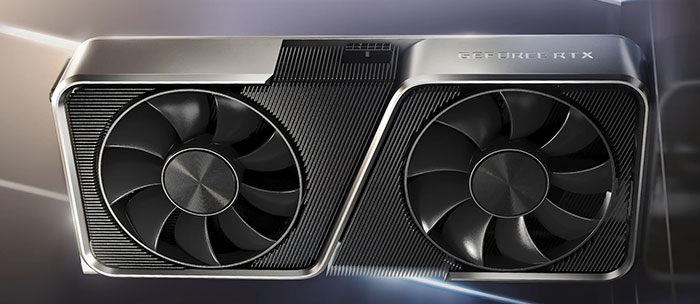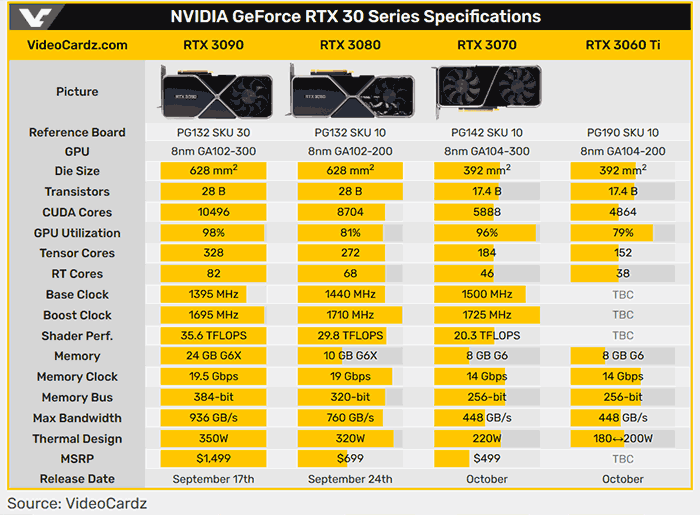Nvidia has officially launched the 8nm Ampere GPU based GeForce RTX 3090 3080 and 3070 graphics cards, though the release dates are staggered over the next few weeks. However, as per previous experience, market intelligence, and surveys like the Steam Hardware Survey, its most important consumer GPUs will likely be the 'XX60' cards and lower.
It looks like Nvidia is going to follow a top-down strategy, tempting and milking flush enthusiasts and gamers with premium offerings first, while patient and thrifty folk will be tested by the wait for lower tier models. This looks set to continue in a granular fashion as VideoCardz reports that the next card in line is the RTX 3060 Ti.

Many were expecting the vanilla RTX 3060 to appear next but not according to VideoCardz's AIB insider sources. It is claimed that the Ti model is replacing any rumoured RTX 3060 Super, so perhaps the Super suffix won't be revived this generation, or at least it will wait for the refresh in a year's time.
So, what have the sources revealed about the GeForce RTX 3060 Ti? This card is said to come packing the same GA104 GPU as the RTX 3070, but with a few snips here and there. More specifically the key specs of the purported RTX 3060 Ti are; 4,864 CUDA cores, 152 Tensor Cores, 38 RT cores, 8GB of GDDR6 on a 256-bit bus, and a TDP of between 180 and 200W. These stats aren't very far behind the RTX 3070, as I suppose befits a Ti model sitting just below it.

The AIB sources whispering in VideoCardz's ear could only speak of their factory overclocked models as far as specs go. It is said that none will sport more than a single 8-pin power connector.
Last but not least, the report says that the Nvidia GeForce RTX 3060 Ti will arrive in the second half of October. Pricing will be key, and perhaps the core spec and other supporting component choices will mean that this SKU could be as much as $100 cheaper than the RTX 3070.
In other GeForce news, Nvidia has released the GeForce RTX 30 Series Community Kit. You can find a direct link to download the wallpapers, overlays, screenshots and more (>400mb) via the Nvidia Blog.













